The Common University Entrance Test for Undergraduates (CUET UG) is the entryway to India’s premier schools. One of the most well-known CUET exam papers is History, which allows you to study this topic in top colleges in India. To secure excellent marks in CUET History, students must attempt all questions available in CUET History question paper 2025. One of the most effective ways to earn a high score on the CUET UG History 2025 exam is to practice previous years’ CUET History Question Papers. Following the exam, we will include the CUET History Question Paper 2025 in PDF format here.
CUET History Question Paper 2025
The CUET History exam can be administered on any one day from May 13 to June 03, 2025. Students who appear in the exam starts searching for the CUET History Question paper and solutions after the exam. It helps students to calculate the history exam scores using the correct answers. That is why, we offer them the latest CUET History question paper. Before the history official question paper is released by the authority, we provide the CUET History memory based questions right after the exam.
CUET History Question Paper Highlights
The CUET UG History Question Paper help candidates to comprehend the types of questions asked in future aspirants in History preparation. Students can also access the previous year CUET UG History question paper along with important questions on this page for practice. After the exam is over, we share the CUET History Question Paper 2025 with solutions in this article.
| CUET History Question Paper | |
| Particulars | Details |
| Exam Name | CUET UG History Exam 2025 |
| Conducted by | National Testing Agency (NTA) |
| Category | Question Paper |
| Status | To be out soon |
| CUET UG 2025 Exam Date | May 13 to June 03, 2025 |
| Question Paper Availability Mode | Online |
| Official Website | https://cuet.nta.nic.in/ |
CUET UG History Question Paper 2025 Pattern
The NTA has revised the CUET UG History exam pattern 2025. As per the latest exam pattern, the CUET UG 2025 History exam will take place for 60 minutes (1 hour). The history question paper will have 50 questions and students will have to answer all of them. The CUET History test carries a total score of 250. Candidates who took the exam can examine the CUET History paper analysis and answer key once the shift ends.
CUET History 2025 Important Questions with Solutions
Candidates should go through the CUET UG History 2025 important questions and answers provided below to solidify their knowledge base.
1. Which Sufi teacher was also known as the ‘Gharib Nawaz
Answer: Khwaja Muinuddin
2. Lord Jagannatha is a form of which God?
Answer: Vishnu
3. Which among the following travellers visited the city of Vijayanagara during the 15th century?
(A) Domingo Paes
(B) Abdur Razzaq
(C) Afanasii Nikitin
(D) Fernao Nuniz
(E) Nicolo de Conti
Choose the correct answer from the options given below:
Answer: (B), (C), and (E) only
4. Madras, Bombay and Calcutta were the anglicised names of __________ trading posts.
Answer:Villages
5 Which of the following statements are correct?
(A) Guru Arjan compiled Guru Nanak’s hymns in the Adi Granth Sahib.
(B) Guru Tegh Bahadur laid the foundation of the Khalsa Panth.
(C) Guru Nanak composed the Guru Granth Sahib.
(D) Mirabai was a Maratha princess,
(E) Mirabai was a Rajput princess.
Choose the correct answer from the options given below:
Answer: (A) and (E) only
6 Match List-I with List-II:
| List-I | List-II |
| (A) Terracotta models of plough (B) Ploughed field (C) Traces of canals (D) Water reservoirs |
(I) Kalibangan (II) Shortughai (III) Dholavira (IV) Cholistan |
Choose the correct answer from the options given below:
Answer: (A) – (IV), (B) – (I), (C) – (II), (D) – (III)
7. Who, amongst the following, founded the Vijayanagara Empire?
Answer: Harihara and Bukka
8 Match List-I with List-II:
| List-I | List-II |
| (A) Shell (B) Lapis-Lazuli (C) Carnelian (D) Steatite |
(I) Shortughai (II) Nageshwar (III) South Rajasthan (IV) Lothal |
Choose the correct answer from the options given below:
Answer: (A) – (II), (B) – (I), (C) – (IV), (D) – (III)
9 Match List-I with List-II:
| List-I | List-II |
| (A) Mahals (B) Pahariyas and Santhals (C) 1793 (D) Taluq |
(I) Territorial unit (II) Permanent Settlement (III) Rajmahal hills (IV) Estates |
Choose the correct answer from the options given below:
Answer: (A) – (IV), (B) – (III), (C) – (II), (D) – (I)
10 Which of the following statements are correct?
(A) Moneylenders were called ‘dikus’.
(B) Zamindars hired the Santhals to reclaim land
(C) Santhals were merchants.
(D) Land of the Santhals was demarcated as ‘Damin-i-koh’.
(E) Santhals charged heavy land revenue from dikus moneylenders. Choose the correct answer from the options given below :
Answer: (A), (B), and (D) only
11, Which of the following statements are true about the zamindars ?
(A) Milkiyat lands were cultivated for the generaluse erabuse of the people.
(B) Zamindars could sell, bequeath mortgage the milkiyat lands.
(C) Zamindars collected revenue on behalf of themselves.
(D) Most Zamindars had fortresses as well as arned contingent.
(E) Control over military resources was another source of power for the Zamindars Choose the correct answer from the options given below :
Answer: (B), (D), and (E) only
12 Kauravas and Pandavas belonged to which ruling family?
Answer: Kuru
13. Which report reproduced zamindars’ and ryots’ petitions as appendices for consideration of the British Parliament? &
Answer: The Fifth Report
14. The rebel leaders issued Proclamations and few to propagate their ideas during the 1857 revolt.
Fill in the blank with the correct answer from the options given below
Answer: Ishtahars
15.In 1857 “the life has gone out of the body” was said in reference to which state?
Answer: Awadh
16 Which of the following statements are correct?
(A) Bell of arms was a store room in which weapons were kept.
(B) The army of Awadh supported the British.
(C) Firangi is a term of Persian origin applied to the British by the rebels.
(D) The 7th Awadh Irregular Cavalry accepted the new cartridges in early May.
(E) Local leaders emerged, urging peasants, zamindars and tribals to revolt. Choose the correct answer from the options given below :
Answer: (A), (C), and (E) only
17 Match List-I with List-II:
| List-I | List-II |
| (A) Nana Sahib (B) Rani Lakshmi Bai (C) Kunwar Singh (D) Birjis Qadr |
(I) Awadh (II) Arrah (III) Kanpur (IV) Jhansi |
Choose the correct answer from the options given below :
Answer: (A) – (III), (B) – (IV), (C) – (II), (D) – (I)
18. Who was the leader of the Santhal Revolt of 1855-56?
Answer: Sidhu Manjhi
19. Who fought in the famous Battle of Chinhat in which the British forces under Henry Lawrence wer defeated?
Answer: Maulvi Ahmadullah Shah
20. Who was the Commissioner of Lucknow when the rebels besieged it during the Revolt of 1857?
Answer: Henry Lawrence
CUET Previous Year Question Paper
21. The Sunset Law was associated with _______________
Answer: Zamindari System/Permanent Settlement
22. During his ‘Salt March’ Gandhiji began walking towards the ocean from his ashram, located at ___________ .
Fill in the blank with the correct answer from the options given below:
Answer: Sabarmati
23. Mahatma Gandhi’s Salt March was notable as the first nationlist activity focused on
Answer: Women
24. “Puma Swaraj” as the goal of nationalism in India was aimed to achieve ________
Answer: Complete independence
25 Which of the following statements of Gandhiji made at the opening of Banaras Hindu University are true?
(A) Gandhiji charged the Indian elite with a lack of concern for the labouring poor.
(B) Gandhiji was not worried about the contrast between the “richly bedecked noblemen” and millions of poor Indians.
(C) Gandhiji said, “Our salvation can only come through lawyers, doctors and rich landlords.”
(D) Gandhiji emphasised that farmers are going to secure the salvation of India.
(E) Gandhiji told the privileged invitees, “Strip yourself of this jewellery and hold it in trust for your countrymen.”
Choose the correct answer from the options given below:
Answer: (A), (D), and (E) only
26 Match List-I with List-II:
| List-I | List-II |
| (A) Khilafat Movement (B) Jallianwala Bagh Massacre (C) Kemal Ataturk (D) Louis Fisher |
(I) Mahatma Gandhi’s biographer (II) Turkish ruler (III) 1919 (IV) 1919-1920 |
Choose the correct answer from the options given below
Answer: (A) – (IV), (B) – (III), (C) – (II), (D) – (I)
27. Who was the Judge who presided over Gandhiji’s trial after the withdrawal of the Non- Cooperation Movement?
Answer: Justice C.N. Broomfield
28. When were separate electorates first created by the British Colonial Government ?
Answer: 1909
CUET UG History Important Topics
History is a popular subject among students in the Humanities, Science, and Commerce. Students who want to earn a BA in History must perform well on the CUET UG history exam. The CUET History Question Paper is completely based on the CUET History syllabus provided by NTA. The CUET History Syllabus consists of a total of 15 units. As follows
- The Story of the First Cities Harappan Archaeology
- Political and Economic History: How Inscriptions tell a story
- Social Histories using the Mahabharata
- A History of Buddhism: Sanchi Stupa
- Medieval society through Travellers’ Accounts
- Religious Histories: The Bhakti-Sufi Tradition
- New Architecture: Hampi
- Agrarian Relations: The Ain-i- Akbari
- The Mughal Court: Reconstructing Histories through Chronicles
- Colonialism and Rural Society: Evidence from Official Reports
- Representations of 1857
- Colonialism and Indian Towns: Town Plans and Municipal Reports
- Mahatma Gandhi Through Contemporary Eyes
- Partition through Oral Sources
- The Making of the Constitution
CUET History Question Paper Analysis Over the Years
Our experts have analyzed the CUET History previous year question papers to arrive at the conclusion on key concepts and expected cut off this year out of 250. Check these details in the table below.
|
Year
|
Difficulty Level
|
Duration
|
Total Questions
|
Attempted Questions
|
Key Topics Covered
|
|
2025 (Expected)
|
Moderate to Difficult
|
60 mins
|
50
|
50
|
Ancient India, Medieval India, Modern India, World History, Cultural Developments
|
|
2024
|
Moderate
|
60 mins
|
50
|
40
|
Indus Valley, Mughal Empire, Indian Freedom Struggle, Social Reforms
|
|
2023
|
Moderate
|
45 mins
|
50
|
40
|
Vedic Age, Delhi Sultanate, World Wars, Industrial Revolution
|
|
2022
|
Easy to Moderate
|
60 mins
|
50
|
40
|
Mauryan Empire, Bhakti Movement, British Rule, Cold War
|
It is important to realize that apart from the History domain test, questions from History subject is asked in the General Aptitude Test (GAT) paper too. Students going to take CUET UG GAT exam should also practice MCQs from History subject.
CUET History Question Paper 2024 PDF Download
The CUET History Question Paper 2024 with solutions has been shared here. Students can check CUET Hindi paper given below and practice the questions included in it to get good marks in the CUET UG 2025 exam.
| CUET History Question Paper 2024 PDF Download |
| CUET UG History Question Paper with Solutions 2024 PDF |
| CUET History Question Paper PDF |
CUET History Paper 2024 with Answer Key
The detailed solutions of the CUET History question paper 2024 has been provided in this video. Watching this video will help students know how to approach every question in the upcoming CUET History exam.
CUET History Previous Year Question Paper with Solutions
Check out the previous year memory-based CUET history questions with answers given below. Practice these questions to obtain a good rank in the CUET 2025 History exam.
Q1. When was the Dandi March started by Mahatma Gandhi?
(a) March 12, 1929
(b) March 12, 1930
(c) March 12, 1931
(d) March 12, 1932
Ans. (b)
Q2. Who started the Champaran Satyagraha in 1917?
(a) Raj Kumar Shukla</s
(b) Shri Krishna Singh
(c) Mahatma Gandhi
(d) Jayaprakash Narayan
Ans. (c)
Q3. Banaras Hindu University (BHU) was founded by whom?
(a) Abul Kalam Azad
(b) Jawaharlal Nehru</s
(c) Mahatma Gandhi
(d) Pandit Madan Mohan Malaviya
Ans. (d)
Q4. In which city did the Chauri-Chaura incident take place?
(a) Lucknow
(b) Kanpur
(c) Gorakhpur
(d) None of these
Ans. (c)
Q5. In which year was Mahatma Gandhi returned to India?
(a) 1911
(b) 1913
(c) 1915
(d) 1917
Ans. (c)
Q6. When did permanent settlement act came into operation?
(a) 1770
(b) 1793
(c) 1870
(d) 1893
Ans. (b)
Q7. Banaras Hindu University was opened in the year ……….?
(a) 1911
(b) 1916
(c) 1918
(d) 1922
Q8. In which year was Jallianwala Bagh Massacre took place?
(a) April 13, 1915
(b) April 13,1916
(c) April 13,1917
(d) April 13,1919
Q9. Who was Governor General of Bengal when the permanent settlement was introduced?
(a) Lord Cornwallis
(b) Lord Curzon
(c) George Barlow
(d) None of these
Q10. Quit India Movement was took place in….?
(a) 1944
(b) 1942
(c) 1940
(d) 1938
Q11. When did the soldiers of the Revolt of 1857 reach Delhi?
(a) 20th May
(b) 15th May
(c) 11th May
(d) 09th May
Q12. Who led the Revolt of 1857 from Delhi?
(a) Tatya Tope
(b) Akbar Shah II
(c) Bahadur Shah Zafar
(d) None of these
Q13. Summary settlement was introduced by British in?
(a) Awadh
(b) Punjab
(c) Chennai
(d) None of these
Q14. Wajid Ali Shah was the Nawab of which city?
(a) Jhansi
(b) Awadh
(c) Bengal
(d) Lucknow
Q15. Which of the following was Causes of the failure of the Revolt of 1857?
(a) No support of ruling princes
(b) No effective leadership
(c) No middle-class participation
(d) All of the above
Q16. After how many years the land was surveyed under the Ryotwari system?
(a) 05 years
(b) 10 years
(c) 20 years
(d) 30 years
Q17. Which river was the main source of water for Vijayanagar?
(a) Narmada
(b) Krishna
(c) Tungabhadra
(d) None of these
Q18. Where was the capital of Vijayanagar Empire?
(a) Ahmednagar
(b) Hampi
(c) Thanjavur
(d) None of these
Q19. Who was the famous ruler of Vijayanagar Empire?
(a) Ram Ray
(b) Krishna Dev Ray
(c) Dev Ray III
(d) None of these
Q20. Who was the founder of Vijayanagar Empire?
(a) Krishna Dev Ray
(b) Harihar I
(c) Bukka I
(d) Both (b) and (c)
Q21. The book ‘Amuktmalyada’ was written by whom?
(a) Virupaksha Ray
(b) Krishna Dev Ray
(c) Bukka I
(d) None of these
Q22. Abdur Razzaq was an ambassador sent by the ruler of ………?
(a) Dutch
(b) Persia
(c) Portugal
(d) None of these
Q23. Gautam Buddha got Mahaparinirvana at ……?
(a) Kushinagar
(b) Bodh Gaya
(c) Kapilavastu
(d) None of these
Q24. Which is the oldest religion among the following religions?
(a) Jainism
(b) Buddhism
(c) Sanatan Dharma
(d) Islam
Q25. Gautam Buddha belonged to ——-?
(a) Sakya clan
(b) Jantri clan
(c) Maurya clan
(d) None of these
Q26. Which Jain Tirthankara’s name is found in the Rigveda?
(a) Arishtanemi
(b) Mahavir Swami
(c) Rishabhadev
(d) None of these
Q27. Where was the first Jain Council organized?
(a) Kushinagar
(b) Patliputra
(c) Vaishali
(d) None of these
Q28. On the banks of which river did Mahavira attain enlightenment?
(a) Rijupalika
(b) Sone
(c) Falgu
(d) None of these
Q29. In which language was the Mahabharata composed?
(a) Kharoṣṭhi
(b) Sanskrit
(c) Prakrit
(d) None of these
Q30. During which period Rig Veda was compiled?
(a) 900-600 BC
(b) 1500-1000 BC
(c) 1700-1200 BC
(d) 2100-1500 BC
Q31. Where did the Aryans come to India from?
(a) Southeast Asia
(b) Europe
(c) Central Asia
(d) None of these
Q32. In which Veda the word ‘gotra’ has been mentioned?
(a) Rigveda
(b) Samaveda
(c) Yajurveda
(d) Atharvaveda
Q33. Where is the famous Gayatri Mantra taken from?
(a) Yajurveda
(b) Samaveda
(c) Rigveda
(d) Atharvaveda
Q34. Who questioned the supremacy of the Vedas?
(a) Mahavir
(b) Gautam Buddha
(c) Both Gautam Buddha and Mahavira
(d) None of these
Q35. Which metal has not yet been found in Harappan sites?
(a) Copper
(b) Silver
(C) Iron
(d) None of these
Q36. Which scripts were read by James Prinsep?
(a) Brahmi and Kharosthi
(b) Sanskrit and Kharosthi
(c) Prakrit and Kharosthi
(d) None of these
Q37. The Harappan seals were made of which metal?
(a) Gold
(b) Clay soil
(c) Selkhadi
(d) Silver
Q38. Which place of the Indus Valley Civilization was situated on the banks of the Indus River?
(a) Mohenjodaro
(b) Rangpur
(c) Harappa
(d) Roper
Q39. Who started the Bhakti movement from South India to North India?
(a) Kabir
(b) Ramanand
(c) Namdev
(d) Shankaracharya
Q40. Who was popularly known as `Gharib Nawaz?
(a) Khwaja Moinuddin Chishti
(b) Mir Muhammad
(c) Baba Farid
d) None of these
Solution
S1. Ans. (b)
S2. Ans. (c)
S3. Ans. (d)
S4. Ans. (c)
S5. Ans. (c)
S6. Ans. (b)
S7. Ans. (b)
S8. Ans. (d)
S9. Ans. (a)
S10. Ans. (b)
S11. Ans. (c)
S12. Ans. (c)
S13. Ans. (a)
S14. Ans. (b)
S15. Ans. (d)
S16. Ans. (c)
S17. Ans. (c)
S18. Ans. (b)
S19. Ans. (b)
S20. Ans. (d)
S21. Ans. (b)
S22. Ans. (b)
S23. Ans. (a)
S24. Ans. (c)
S25. Ans. (a)
S26. Ans. (c)
S27. Ans. (b)
S28. Ans. (a)
S29. Ans. (b)
S30. Ans. (b)
S31. Ans. (c)
S32. Ans. (a)
S33. Ans. (c)
S34. Ans. (c)
S35. Ans. (c)
S36. Ans. (a)
S37. Ans. (c)
S38. Ans. (a)
S39. Ans. (b)
S40. Ans. (a)

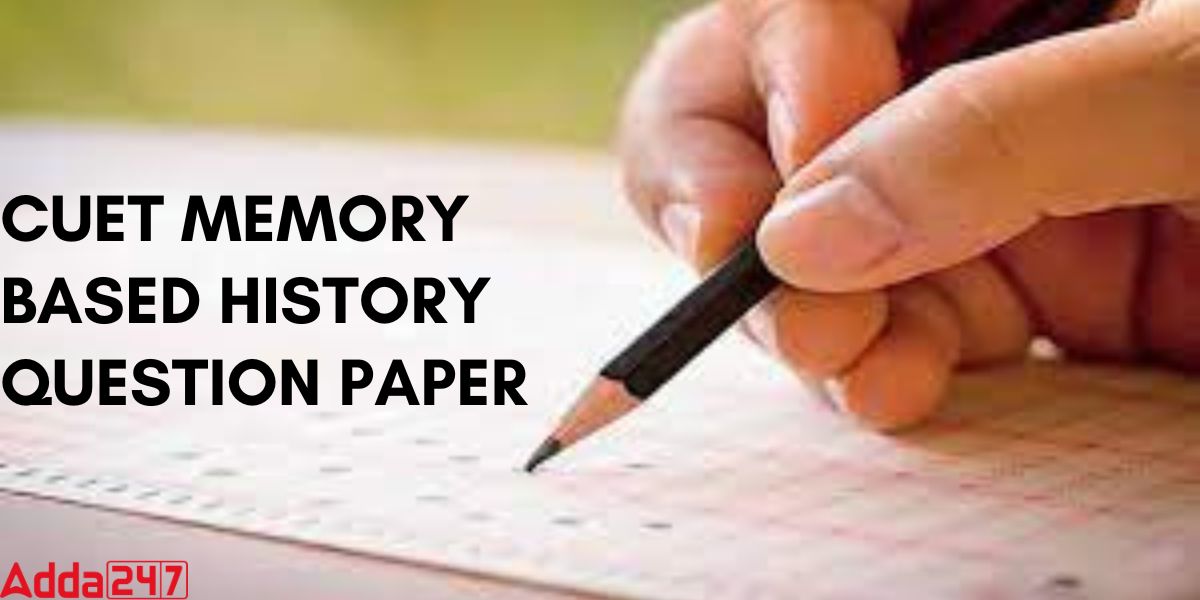
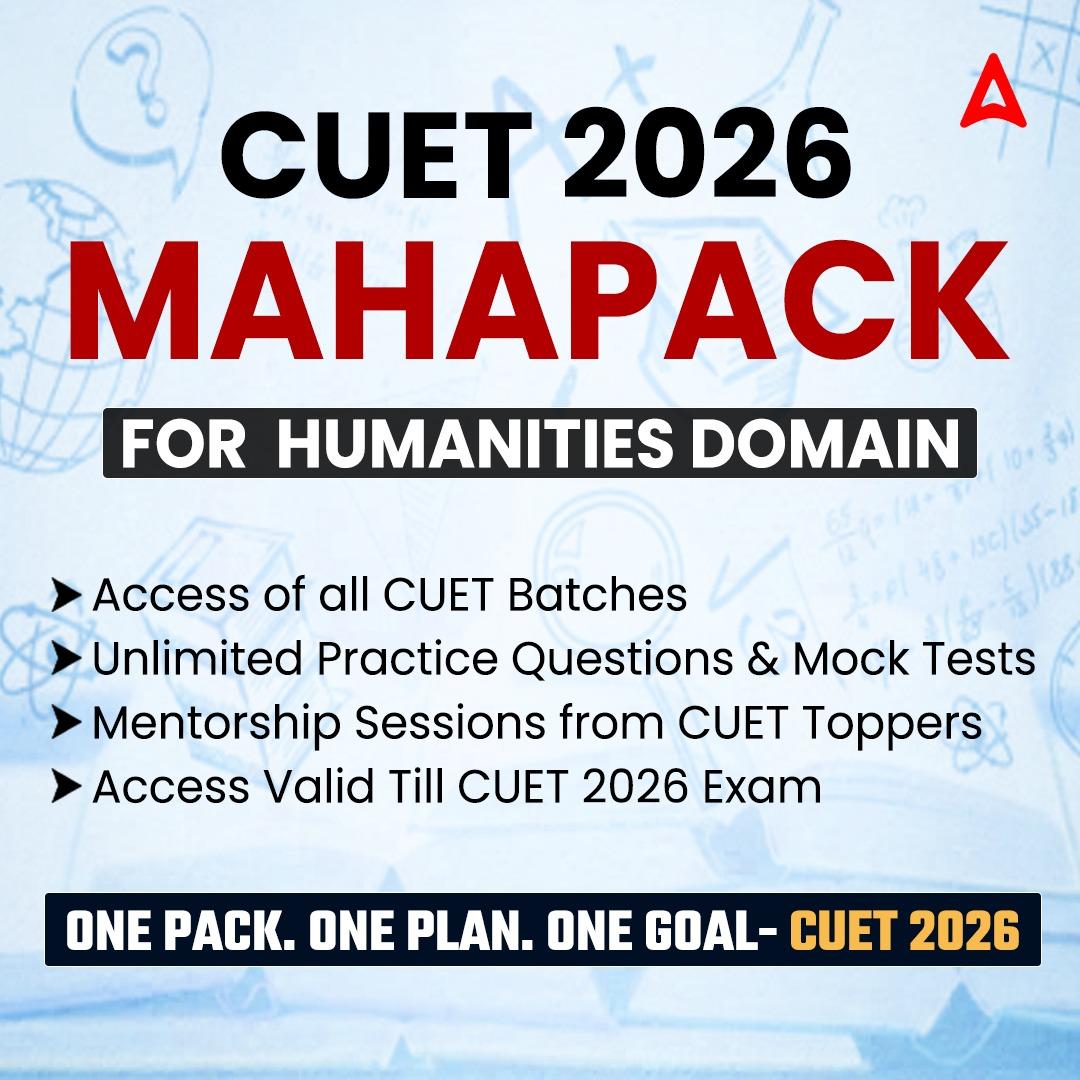


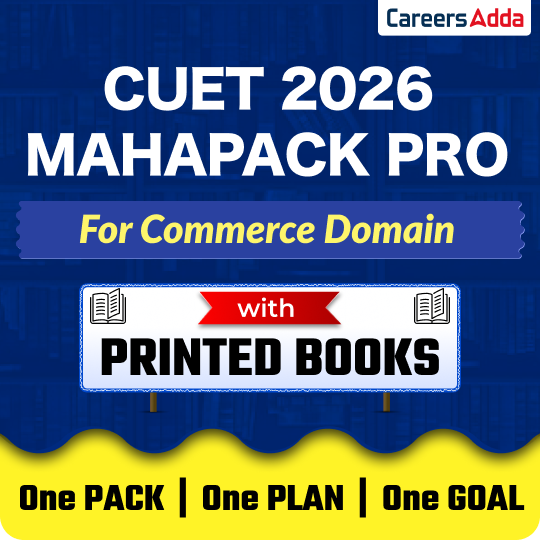




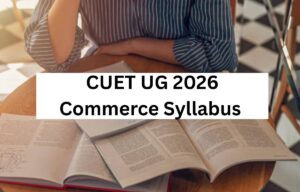 CUET Commerce Syllabus 2026, Download Su...
CUET Commerce Syllabus 2026, Download Su...
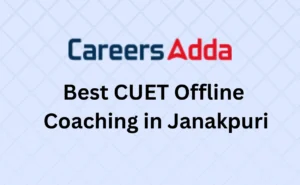 Best CUET Offline Coaching in Janakpuri,...
Best CUET Offline Coaching in Janakpuri,...
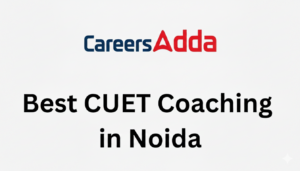 Best CUET Coaching in Noida - Which is B...
Best CUET Coaching in Noida - Which is B...








